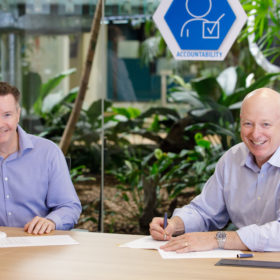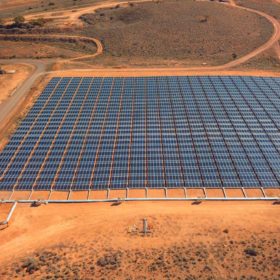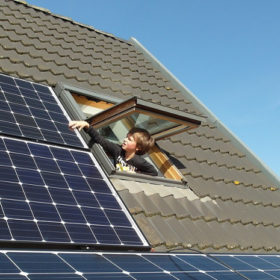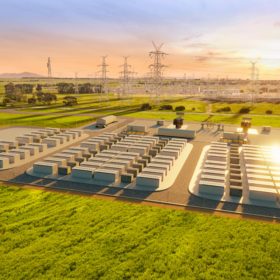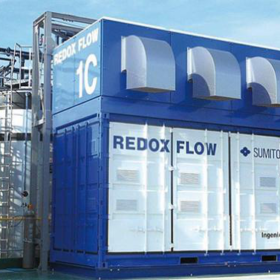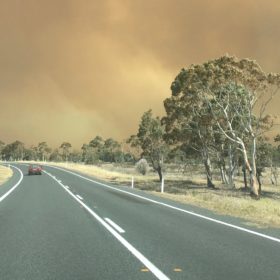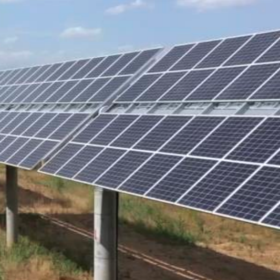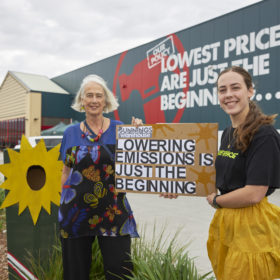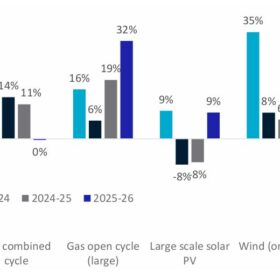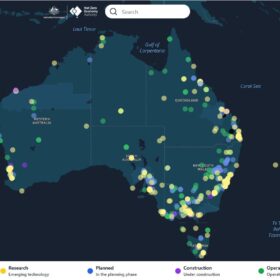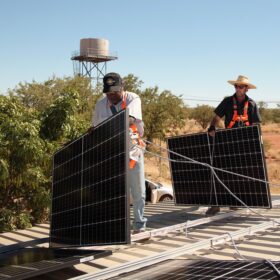Powerlink partners with BOM for ‘near real time’ solar data
Queensland transmission network service provider Powerlink has announced an “industry-first partnership”with Australia’s Bureau of Meteorology as it looks to improve planning and decision-making for its energy network.
South Australia on the front foot with $240 million green hydrogen export project
The South Australian government has followed up the launch of its Hydrogen Export Prospectus last week with a straight drive on the front foot, $37 million in funding for export infrastructure upgrades in support of the a $240 million green hydrogen and green ammonia project which will make South Australia a global leader.
IEA report rubbishes Morrison’s gas-led energy plan
An International Energy Agency report led up by Rolf Frischknecht from Treeze in Switzerland and under the joint project management of the University of New South Wales’ José Bilbao has measured the lifecycle emissions of both residential solar PV with battery storage and gas-generated grid electricity. The results are not particularly surprising, only the Morrison Government’s ongoing obduracy is.
Vic Big Battery to unlock renewables
Victoria will be home to one of the world’s largest lithium-ion batteries with the 300 MW / 450 MWh Victoria Big Battery to be constructed on the outskirts of Geelong.
Sonnen to share revenues for grid services with consumers under new plan
Residential battery manufacturer Sonnen has unveiled a new power tariff program which signals a major shift for the Australian market.
TNG establishes vanadium redox flow battery business with an eye to rapid green sector advancement
Australian mining and resource technology company TNG Limited has set up a subsidiary, TNG Energy, to run point on the advancement of its green sector ambitions through the use of its high-purity vanadium pentoxide deposit to make vanadium redox flow batteries for off-grid solutions.
Super-charged: how Australia’s biggest renewables project will change the energy game
Australia doesn’t yet export renewable energy. But the writing is on the wall: demand for Australia’s fossil fuel exports is likely to dwindle soon, and we must replace it at massive scale.
Climate Council says bushfire royal commission findings put solar+storage front and centre
Responding to the findings of the bushfire Royal Commission, the Climate Council have pointed to solar and battery solutions as integral to building a more disaster resilient and decarbonised Australia.
Utility scale agrivoltaic proposal for NSW opens for public exhibition
A utility-scale “integrated agri-solar” farm proposed in southern New South Wales has begun its public exhibition period.
No longer stationery: Officeworks joins slew of businesses committing to 100% renewables
Officeworks jumped on the bandwagon of businesses in Australia committing to 100% renewable electricity in the next five years. Both Bunnings and Officeworks announced their plans in the last week, sparking calls for Target and Kmart, which are also in the Wesfarmers portfolio, to follow suit.
